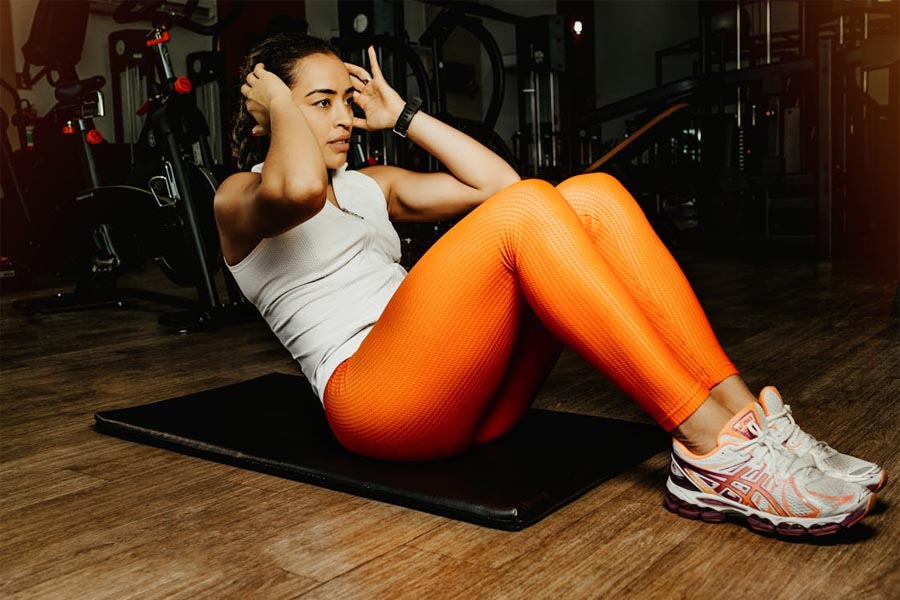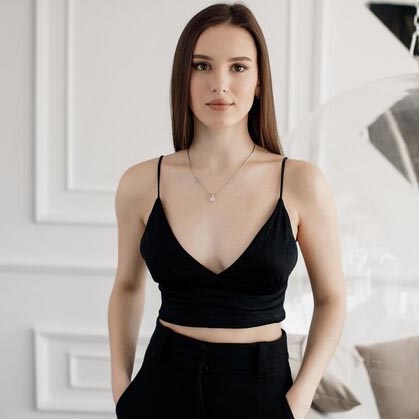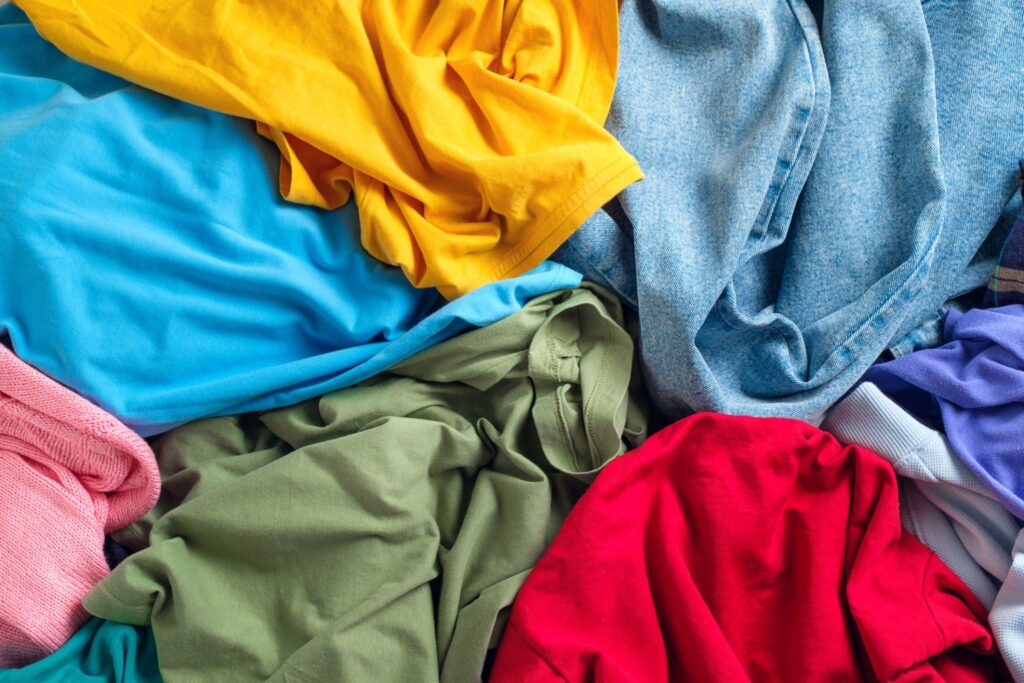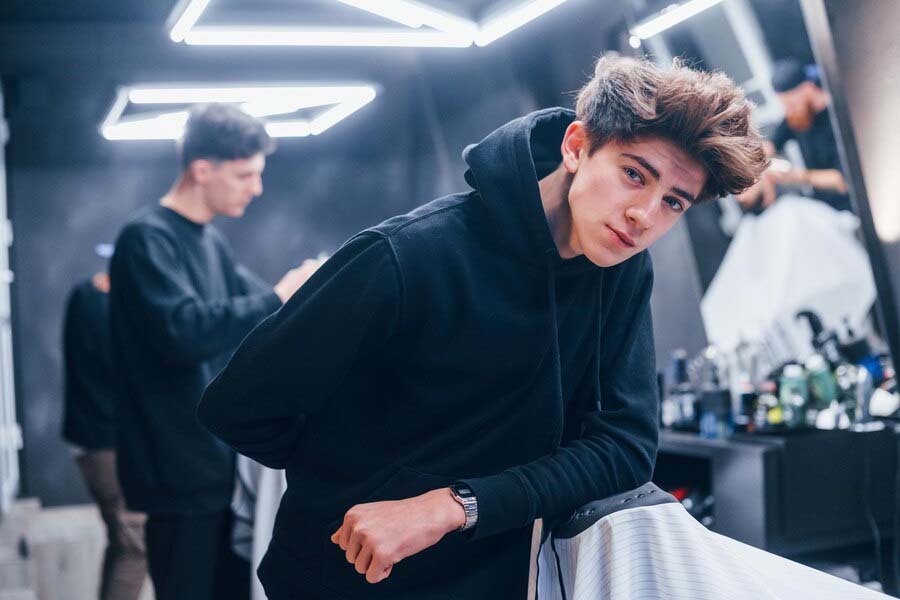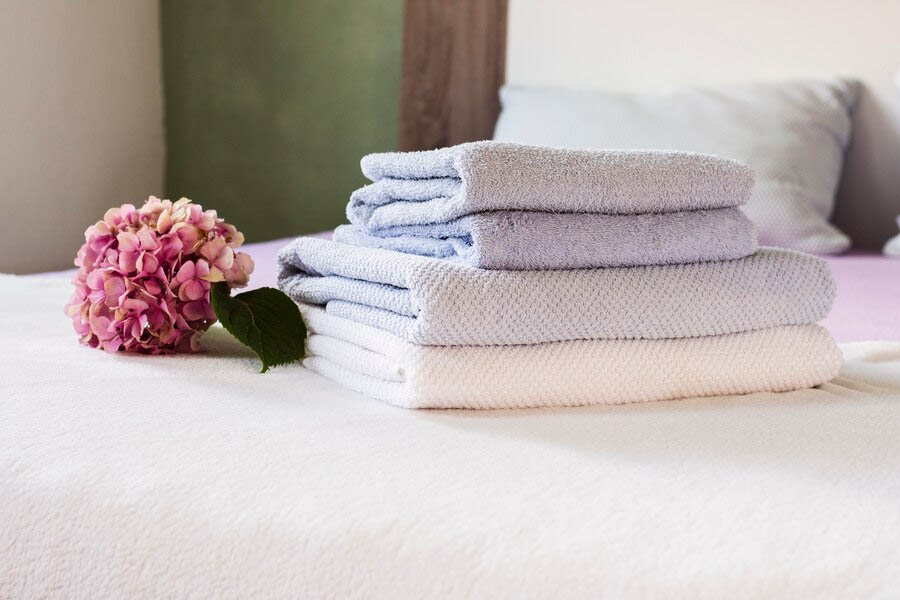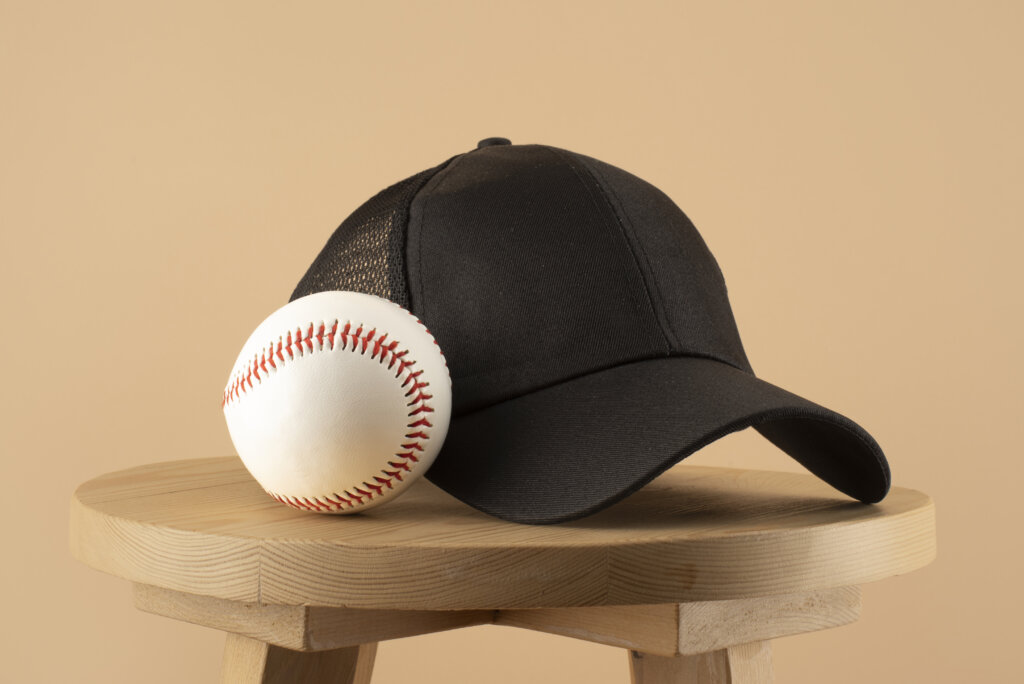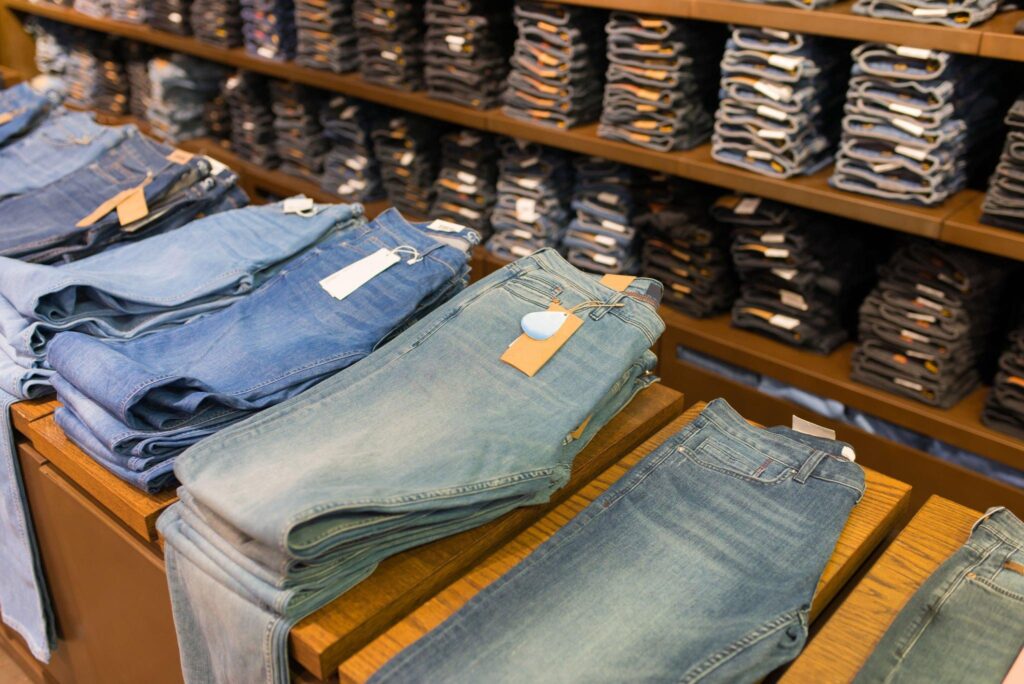Numerous people of different ages, sexes, and other identifiable categories can be seen wearing sweatshirts and hoodies in today’s society. They can be worn practically anywhere today and are regarded as functional clothing manufacturers.
Sweatshirts are often made of wool, cotton, jersey, synthetic fibres, or a combination of such materials.
The item of clothing originally belonged to sportswear; it was typically worn with sweatpants. Because it absorbs sweat and allows for a wide range of motion during activity, athletes frequently wear this item of clothing.
Hoody sweatshirts are a smart choice of apparel for cold conditions because they are comfortable and absorb perspiration.
The sweatshirt’s adaptability made it popular for casual and everyday use. On the other hand, a custom hoodie manufacturer creates attire that resembles sweatshirts. An acronym for a hooded sweatshirt is “hoodie.” With a few tweaks, this garment includes most of the features of the sweatshirt.
Both the sweatshirts and hoodies lack collars and are very heavy. They both have comparable construction and are worn for both casual and sporty purposes because they are soft and cozy.
In this guide, you can better comprehend the difference between a sweatshirt and a hoodie.
Characteristics Of Sweatshirts And Hoodies

Sweatshirts have long sleeves and are pullovers. It has a hood and covers the arms and upper body, much like a sweatshirt with a hood.
Fabric: The maker determines different types of fabrics, whether they are made of traditional French Terry or other knit fabrics like cotton, plastic, or other materials.
Collar: With the exception of sweatshirts and hoodies, the majority of popular collar styles, such as spread and semi-spread collars, are all easily kept tucked in.
Details: A sweatshirt is typically made without buttons, hooks, or zippers, making it simpler clothing. The front kangaroo pocket, which is uncommon on a standard sweatshirt, is another common design element of hoodies.
Some include zippered hooded sweatshirts, so you may choose to wear them closed or open. The front kangaroo hoodless sweatshirt with pockets, which is unusual for a sweatshirt but is a regular design element on hoodies, is another example.
Hoodies Or Sweatshirts—Which One Is Better?
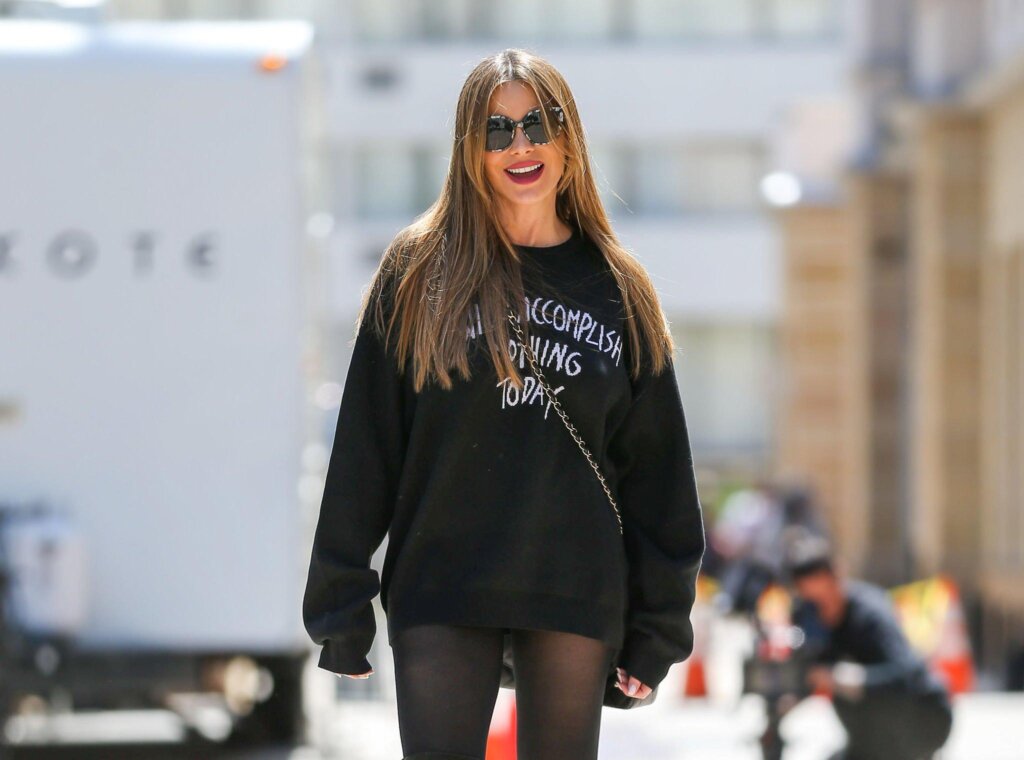
Anyone who wants to look put-together but relaxed should have a sweatshirt and hoodie in their closet, but teenagers especially need one.
Hoodies are specifically made for comfort, offering warmth and weather protection with soft fabric underneath. In most situations, sweatshirts are still warm and comfortable, but because they lack a hood, they are inherently more lightweight in that regard.
In general, a sweatshirt is a pullover, collarless garment made of thick cotton or a cotton-blend cloth. A sweatshirt with a hood attached and possibly a kangaroo pocket or complete zipper is known as a hoodie.
Is a Hoodie More Warm Than a Sweatshirt?
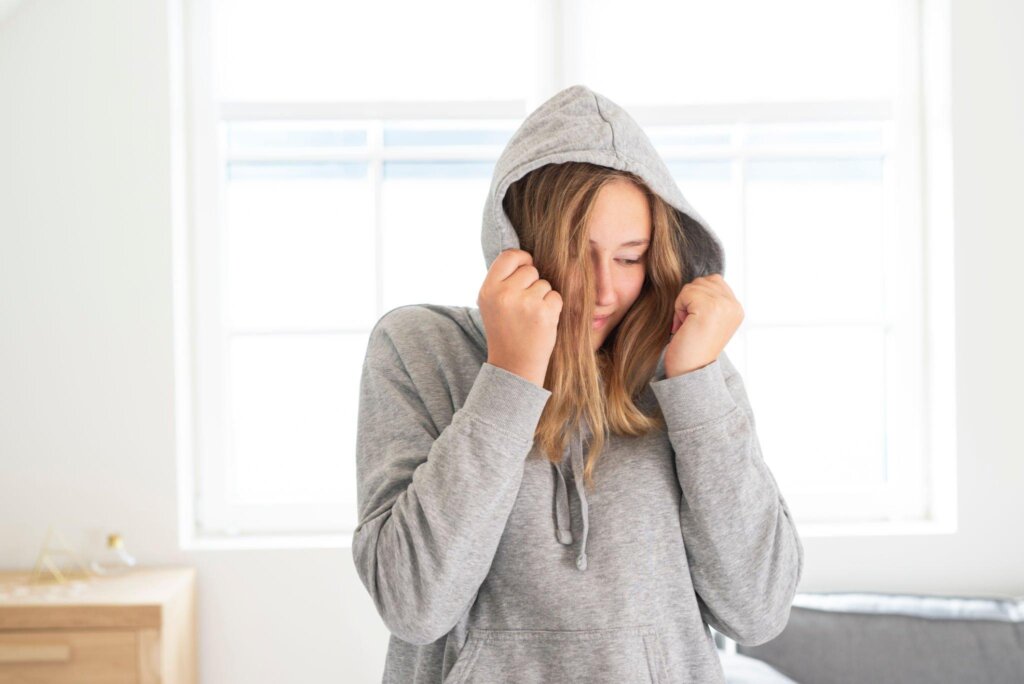
The perfect men’s hoodies and sweatshirts to wear when the weather is chilly They will keep you warm; choose hoodies that include a lot of cotton. You’ll feel warmer and require fewer layers of clothing if the cotton hoodie is thicker.
In contrast to sweatshirts, hoodies have full zippers or kangaroo pockets.
What’s The Difference Between a Hoodie, a Jacket, And a Sweatshirt?
Although sweatshirts, jackets, and hoodies share certain commonalities, they also have some key differences. Since front closures are what distinguish jackets from other clothing, a zip-up hoodie is one of them.
Jackets

The wide category of “mid-layers,” which also encompasses a few of the other kinds in issue, such as zip-up hoodies, includes these garments, which include polyester, shearling leather, and cotton.
The front closure, which frequently takes the shape of a zipper or buttons, is the feature that defines a jacket the most. Because of this, zip hoodies are frequently seen as jackets, while pullover sweatshirts aren’t.
A jacket’s front closure serves as its primary defining characteristic. Most frequently, this is a zipper or button, although it could also be velcro or any kind of belt.
That ambiguous definition should have made it clear how broad the universe of coats is. There are numerous different types of jackets, including
- Trucker jackets
- Denim jackets
- Harrington jackets
- Bomber jackets
- And field jackets
I like to think of coats as an outfit’s top layer. It becomes natural that these coats cover a range of formalities given the wide variety of jacket kinds. Others are ideal for chilly nights spent around a campfire. Some jackets are fantastic for a sophisticated dinner date.
Styling a Jacket
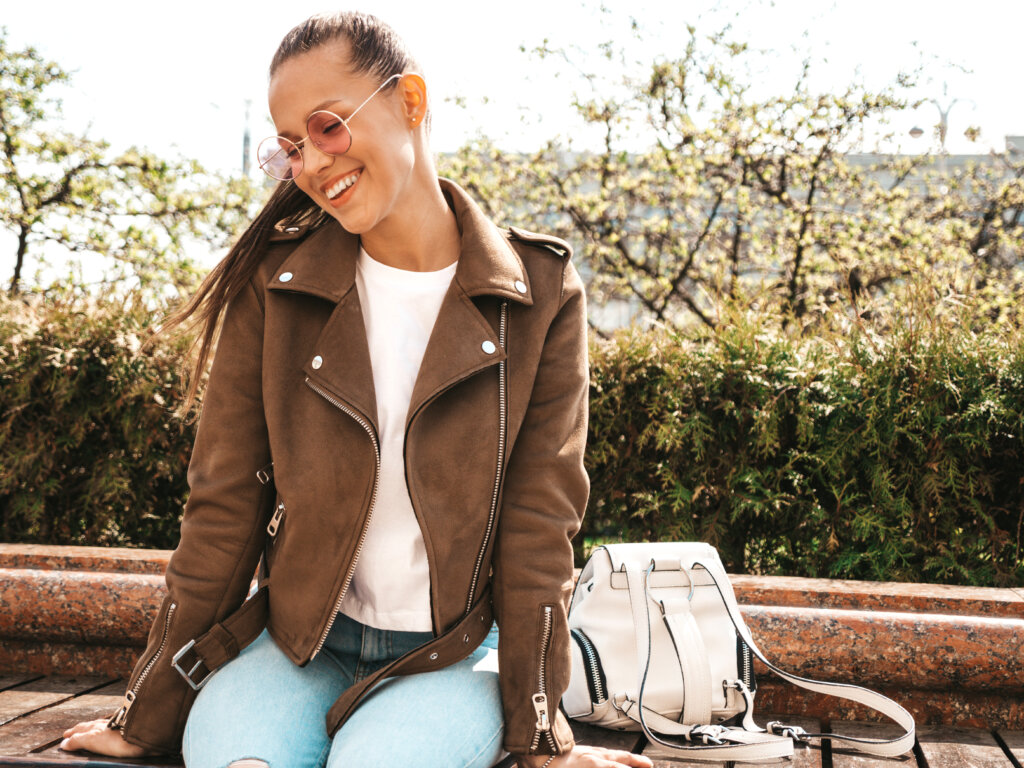
This is an excellent way to spice up a relaxed night out. This appearance is not only sophisticated and relaxed, but also very straightforward. Wear your favourite hoodie over an open-faced jacket after removing the hood.
- A bright-coloured hoodie can add a flash of colour, or you can go with neutral hues.
- Use whatever jacket makes you feel the coolest for this outfit, whether it’s a trench, khaki jacket, or leather one.
Sweatshirt

A sweatshirt is a pullover, long-sleeved clothing item. It encompasses the upper body, including the arms and chest regions. It can be worn alone or with another item, with a shirt or T-shirt worn below the sweatshirt.
A sweatshirt is a pullover; it doesn’t contain any connection points like buttons, hooks, or zippers. Wool, cotton, jersey, synthetic fabrics, or a combination of them are typically used to make sweatshirts. The name gives it away: cashmere sweaters are best avoided, even though sweatshirts are suitable for working out in.
Why? As compared to wool or cashmere, cotton is significantly simpler to clean. Whether you’re going to the
- Gym
- Going on a hike
- Or going camping
For a variety of strenuous activities, sweatshirts are ideal. Often, a polyester fabric blend is used in the construction of these garments to give the sweatshirt a more elastic, breezy feel.
The sweatshirts made of a polyester blend may be washed in a washing machine right away, making them another convenient item. Hoodies are included in the sweatshirt group too.
Styling a Sweatshirt
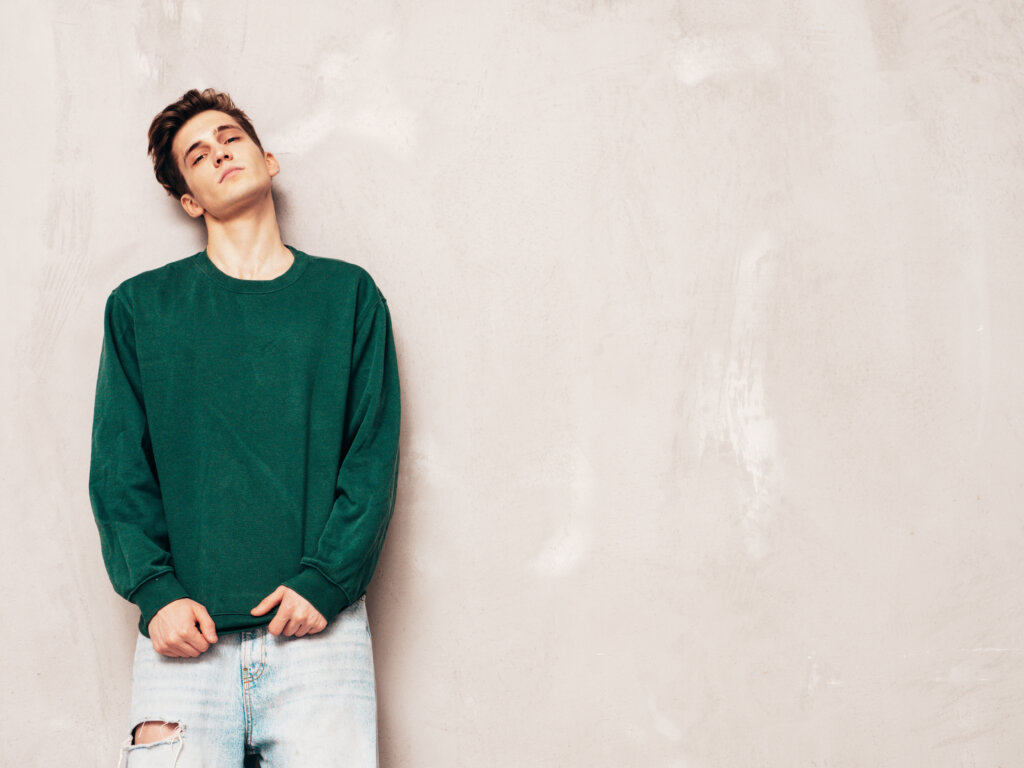
Layer up with the best-quality hooded sweatshirt and a shirt if there is a cool breeze present. This is a fantastic method for adding more warmth without over bundling. Choose the most cosy and acceptable bottoms to go with your tops: jeans, leggings, or sweatpants.
- To give your hooded sweatshirts for women an extra trendy touch, look for ones with embroidery or graphics on the front.
- The collar may protrude from the top of your sweatshirt, try to choose a tee that complements it.
Hoodie
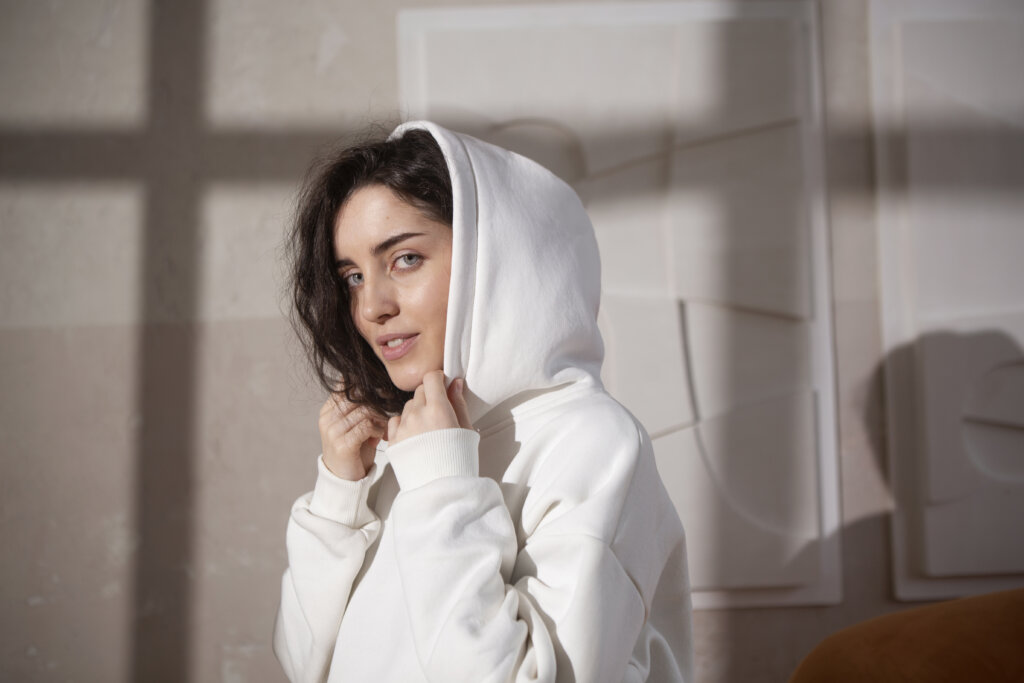
Probably the most well-liked sweatshirt style is the hoodie. While a hoodie’s body is similar to a sweatshirt’s or sweater’s, it has a collar attached to a hood that can be raised over your head for further warmth, weather protection, or fashion.
As crew neck sweatshirts, hoodies are frequently constructed of the same cotton fabric, and because of the hood, they are viewed as less formal clothing.
Hoodies are most frequently associated with my weekend home, curled up with a Netflix marathon, training gear as a top layer, or yard work during the cooler months. It would not be appropriate to layer a sweater over a button-down because these are not formal occasions.
Additionally to the majority of hoodies, which are pullovers, there are zip hoodies, which, as their name suggests, have a zippered front fastening.
Because of the front fastening, zip hoodies are technically jackets and are ideal when you need an extra layer but don’t want to cover your head with anything that can smear your perfectly styled hair.
Styling a Hoodie
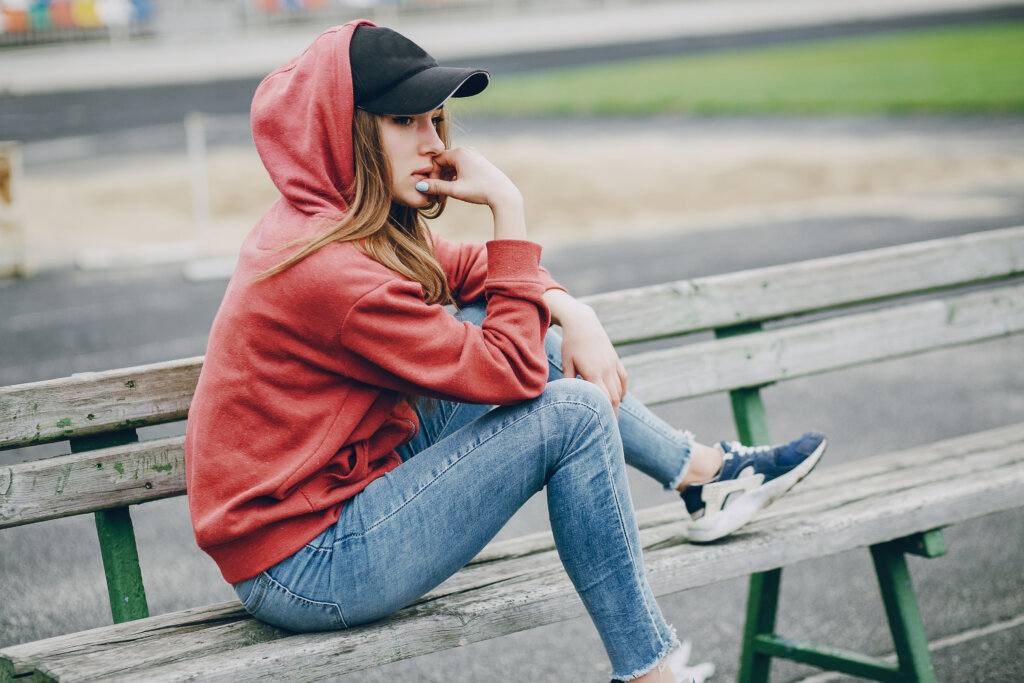
To be warm in freezing temps, wear a hoodie over a long-sleeve shirt, tuck a scarf around the collar, and pull up the hood. Add warm jeans or sweatpants and winter boots to complete the ensemble.
- For even more warmth, consider wearing a sweater underneath your black hooded sweatshirts.
- If you anticipate returning indoors soon, use a zip-up hoodie.
- Just in case, stash a pair of gloves in the pockets of your hoodie.
Can You Consider a Hoodie a Sweatshirt?
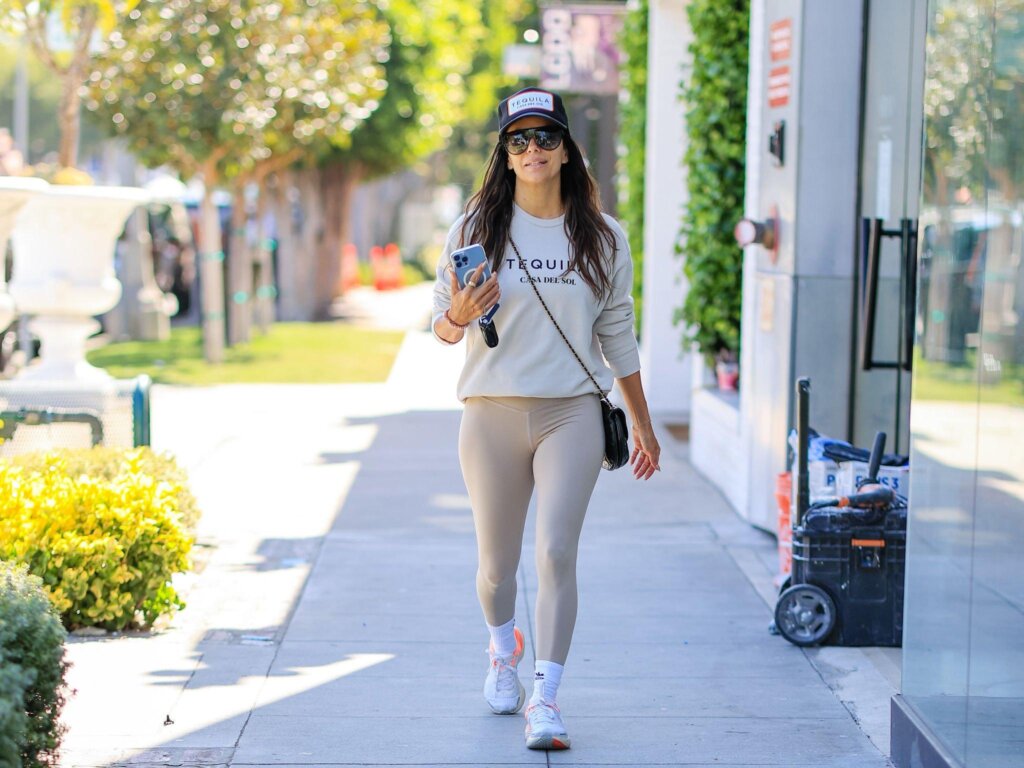
Not quite; hoodies and sweatshirts have certain differences from one another despite their similarities.
Hoodies are a more lounge-friendly clothing item that is ideal for layering in bitterly cold weather. In contrast to sweatshirts, which are bulkier long-sleeve shirts, hoodies have hoods (and occasionally a kangaroo pocket and a zipper).
Final Words
What’s the difference between a sweatshirt and a hoodie Sweatshirts are a staple of everyday clothing due to their excellent comfort and fashionable design. Because of the best style available, these clothes are swiftly finding their way into people’s wardrobes. Decide on a hoodie or sweatshirt that suits your preferences according to the advice in this essay.




